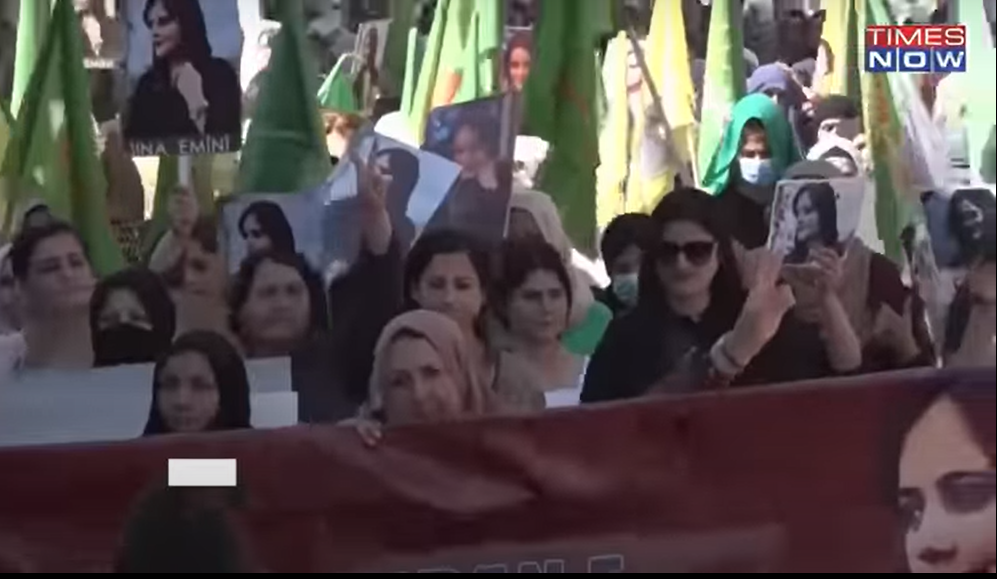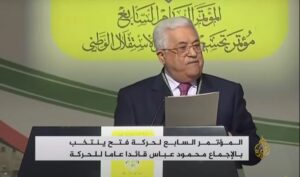For more than two months, the wave of demonstrations in Iran, known as the “Hijab protest”, which erupted following the death of the Kurdish young woman Mahasa Amini at the hands of the Iranian “morality police”, has lasted for more than two months in protest of the claim that she did not properly wear the hijab in such a way that it covered all the hair on her head.
According to various human rights organizations, so far more than 400 protesters have been killed in the protests and about 15 thousand others have been arrested, in total more than 200 thousand people have participated in these protests until now.
The current protest wave is part of the protest waves that have hit Iran in recent years because of water shortages, demands for women’s rights, food shortages and rising fuel prices.
The demonstrations continue and the Iranian regime accuses the US and Israel of being behind them to bring about a civil war in the country.
The Iranian regime is dealing with internal riots in the country and with external and international isolation, but as of now there is no danger that threatens to bring about the fall of the regime.
The Intelligence Division of the IDF estimates that the demonstrations have reached to the level of a civil disobedience but shares the assessment that there is no danger to the regime now.
Supreme Leader Ali Khamenei commented a few days ago and estimated that the demonstrations will stop the riots.
“The factors behind the riots failed to drag the people out into the streets, they are trying to continue these actions to put pressure on those responsible, however, the demonstrations will stop and the hatred of the Iranian people will increase towards these factors”.
He hinted that Israel was responsible for the protests and added:” The enemy failed despite all his efforts, even though he tried to create problems for Iran, such as imposing a boycott on it and assassinating its nuclear scientists”.
The Iranian leadership shows self-confidence as if the protest is not serious and that it can be suppressed, it is a continuous rage that has accumulated for years and erupted due to the repression of the regime that refuses reforms and a process of internal reconciliation.
After two months of protests, the protest wave is not strong enough to undermine the regime despite the large number of protesters.
About half of the participants of the demonstrations are young people and members of the ethnic minorities, such as the Kurdish and Baluchi minorities, there is a large participation of women in the demonstrations which were mainly focused on the universities.
However, the current protest wave does not have a clear leadership with an organized agenda and is not focused on the clear goal of overthrowing the extremist Iranian regime.
This is very bad for the “Hijab protest” which despite its strength, has so far failed to sway the masses all over Iran to take to the streets and attack the government institutions, the police forces and the Basij have so far succeeded in controlling the situation.
The decline of the “Hijab protest” will only encourage the Iranian regime to continue its acts of repression, it has no intention of changing its policy of expansion to export the Iranian revolution through its affiliates in Syria, Iraq, Lebanon and Yemen, it will continue to pour its money for this purpose at the expense of the needs of The Iranian people, therefore, the popular protest will continue under the surface until it erupts again into a great flame.
The demonstrations of the current protest wave in Iran are spontaneous and Israel and the USA have nothing to do with them, the Iranian regime knows this very well and is trying to gloss over its failures and accuse Israel and the USA of being responsible for the riots.
The Iranian regime has enough military and police power to suppress the riots and eliminate them once the Supreme Leader makes the decision, he may want to do it gradually to allow the protesters to let off steam in the meantime.
It is also impossible to ignore the opportunity that the “Hijab protest” creates for the Western world to take advantage of the protest wave to shake the Iranian regime from within in order to topple it, but it seems that the Biden administration is still afraid of such an intervention, probably out of a desire to preserve the option of returning to talks on the nuclear deal at some point, despite the rapprochement between Iran and Russia and the supply of Iranian missiles and drones to Russia for the war in Ukraine.
The current wave of protests in Iran is a good opportunity for the US and Israel to try and bring down the extreme and dangerous Iranian regime. It is impossible to expand on Israeli activity on this issue, but it seems that the Biden administration is not Interested in this line of action.




